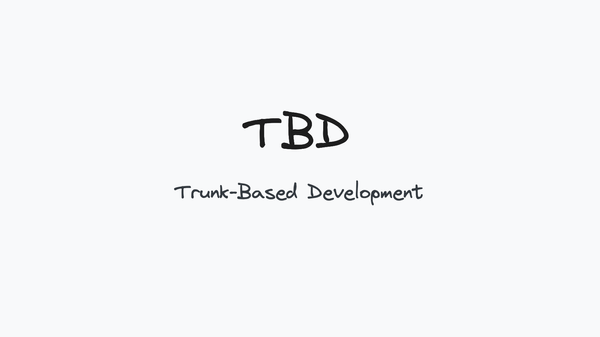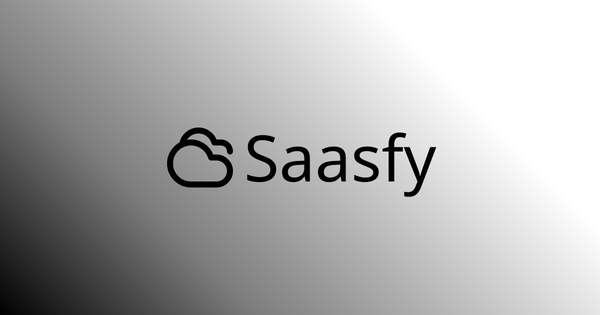🌐 Open Source: Corporate Support, Independent Community, or Hybrid Approach?

Open-source software plays a huge role in today's tech world. Developers everywhere use, modify, and share these projects. How do corporate-backed open-source projects compare to those driven solely by the community? Let’s dive deeper into the benefits and challenges of each approach and see how they impact both developers and users.
Open source is more than just a way to create software—it's a movement that embraces collaboration, freedom, and transparency. Many people see open source as a community effort where anyone can contribute, while others view corporate involvement as essential for sustaining large-scale projects. These two viewpoints often intersect, creating both opportunities and conflicts.
Corporate-Supported Open Source 💼
When a company supports an open-source project, it brings certain advantages that can help the project grow and become more stable:
Pros 👍:
- Professional Support 👩💼: Companies usually have dedicated teams working on the project, ensuring frequent updates, regular maintenance, and quick bug fixes. This professional approach makes the software more reliable, which is especially important for businesses that depend on the project for their operations.
- Funding 💰: Financial support is one of the biggest advantages of corporate backing. When a company invests in an open-source project, it can afford to hire developers, improve infrastructure, and even promote the project. This helps the project grow faster and adds features that might not have been possible without funding.
- Stability ⚖️: Long-term support from a stable company gives users confidence in the future of the project. Users know that the project won't suddenly disappear because there is a company with resources behind it, ensuring its continued development and maintenance. This kind of stability is crucial for businesses that want to build their products on top of open-source software.
Cons 👎:
- Licensing Changes 📜: Corporations might change licensing terms, limiting how the project can be used. For instance, they could make it more restrictive, which could upset the community that initially contributed to the project. Changes like these can lead to conflicts between the company and the community, especially if the new license restricts freedom or commercialization.
- Company Interests First 💼➡️: Sometimes, a company's goals don’t align with what the community wants. Corporations may prioritize features that suit their own needs or their customers' needs, even if those features are not beneficial to the wider community. A good example is with NX, where certain features were put behind a paywall, limiting access to those who couldn’t afford it. This prioritization can alienate community members who feel their contributions are being ignored or undervalued.
Community-Supported Open Source 🤝
On the other hand, independent open-source projects are driven by passionate volunteers who contribute in their spare time. These projects are often more flexible and closer to the ideals of open source:
Pros 👍:
- Flexibility and Speed ⚡: Community projects can respond quickly to user needs, adding features or making changes that fit the community's interests. Since the contributors are often also the users, they understand what improvements are needed and can implement them without waiting for approval from a corporate hierarchy. This flexibility allows community-driven projects to innovate rapidly and stay relevant.
- Full Transparency 🔍: Everything is open, and anyone can contribute or use the project without restrictions. This openness fosters trust among users and contributors, as everyone can see the code, understand how it works, and suggest improvements. The community-led approach also ensures that the direction of the project is decided by consensus rather than by corporate interests.
Cons 👎:
- Limited Funding 💸🚫: Without corporate money, these projects often struggle to find funding, which can slow progress and make support less reliable. Volunteers work on these projects in their free time, which means development can be inconsistent. Lack of funding also makes it difficult to scale the project, hire developers, or cover infrastructure costs, which can limit the potential of even the most promising projects.
- Overlooked Effort 😓: People often don’t realize the work that goes into maintaining open source. Many users treat it like a "free lunch" without considering the time, effort, and sometimes even personal money developers put in, offering little in return. This lack of appreciation can lead to burnout among contributors, who feel their work is undervalued. The reality is that open-source projects require ongoing maintenance, and without proper support, they can become unsustainable.
Blending Corporate and Community Approaches 🌐🤝
In reality, many successful open-source projects are a mix of both corporate and community support. This hybrid approach allows projects to benefit from corporate resources while staying true to the values of the open-source community. For instance, companies like Red Hat 🐧 and Mozilla 🦊 have shown that it's possible to contribute to open source in a way that supports both community interests and corporate goals. By striking a balance, these projects can achieve the best of both worlds—financial stability and community-driven innovation.
Corporations can bring resources, funding, and structure, while community contributors ensure the project stays open, transparent, and responsive to user needs. When done well, this partnership can lead to a thriving open-source ecosystem where everyone benefits.
The Hybrid Approach 🌀
A hybrid approach combines the strengths of both corporate and community-supported models. In this model, companies work hand in hand with the community, ensuring that the project is well-funded while also respecting the community's desire for openness and transparency.
Benefits of the Hybrid Approach:
- Balanced Priorities ⚖️: Corporate backing provides financial stability and ensures a professional level of support, while the community's involvement helps keep the project innovative and user-centric. This balance helps meet both business needs and community expectations.
- Shared Resources 🤝💰: Corporations can provide the infrastructure, while community members contribute their time and expertise. This shared responsibility allows the project to scale effectively and ensures that the work does not fall entirely on volunteers or solely on corporate interests.
- Sustainable Growth 🌱: By combining corporate resources with community passion, hybrid projects can achieve sustainable growth. They are less likely to face the funding issues of purely community-driven projects, while also being less likely to be driven solely by profit motives, which can alienate users.
A good example of this approach is Kubernetes, which started as a Google project but has evolved into a community-driven project with broad corporate support. The Cloud Native Computing Foundation (CNCF) now maintains Kubernetes, ensuring contributions from both corporate sponsors and the broader community.
Conclusion 🎯
Both corporate-backed 💼 and community-supported 🤝 projects have their upsides and downsides and the hybrid approach 🌀 offers a middle ground that combines the best of both worlds. Open source isn’t just about "taking"—it’s also about "giving." If you use an open-source project, consider giving back, whether it’s through donations, testing, or contributing to the code. Even small contributions can make a big difference. Together, we can strengthen open source and keep improving the tech world!
The future of open source depends on collaboration and mutual respect between corporate players and community members. Whether you are a company using open source or an individual developer, remember that open source thrives on contributions from everyone. By supporting the projects we use and believe in, we can ensure that open source remains a powerful force for innovation and freedom in the tech industry.



